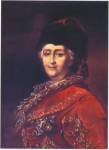
Attributed to M.Shibanov (?).
Portrait of Katherine II in the Costume
of the Hetman of Ukraine.
The late
XVIIIth c.
Canvas, oil.
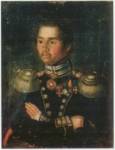
Portraits of a Young Military Man
1th half of the XIXth c. Canvas, oil.
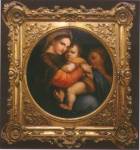
A copy of "Madonna in the Arm-chair" by Raphael
Santi. The XIXth c.
Canvas, oil.
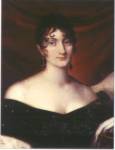
Portret of Young Dame. 1st half of the XIXth c. Canvas,
oil.
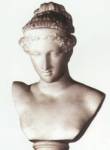
Head of a Woman. The XIXth c. Marble.

Buddha. The XIXth c.(?)
Bronze: casting, cbiselling, enamel.
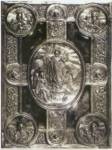
Artist A.C. Covering for Gospel. 1st half of the XIXth c.
Moscow.
Silver: cbiselling.
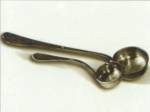
P.C.Faberge firm. Laddles. The early XXth c. St.Petersburg.
Silver: casting, cbiselling.
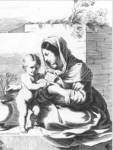
Fr.Kurti. Madonna with a Baby. The XVIIth c. Engraving.
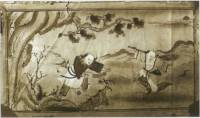
|
0.Ilyin gave preferense to those styles of art which
tended to realistic and classical trends.
It is to the latter that two most valuable canvas
belong: a copy of Raphael's "Madonna in the Arm-chair" painted
by a highly-skilled artist of the end of the XIXth century (the original
is in the Pitti Gallery in Florence) and a portrait of Katherine II. This
picture is one of the most misterious in the collection. It is known, that
a court artist M. Shibanov made to the impress' order several versions of
her portrait in the costume of the Getman, absolutely similar to the
portrait in Ilyin's collection. But on the back side of this picture,
which is supposed to be painted in the XVIIIth century, there is a label
saying that its author is another outstanding artist D.Levitsky.
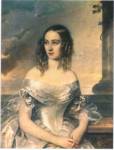
Portrait of a Young Dame in White. 1st half of the XIXth c.
Canvas, oil.
Among graphic sheets in Ilyin's collection are the
Madonnas by P.Pontius and F. Kurti, a rare engraving "God's Motber
Infading Blossom" printed in the end of' the XVIIIth c. in Venice.
These works represent the solemn, decoratively intenceartoftbe
XVIIth-XVIIIth centuries. The Inaugural Portrait (engraving) of Louis XVI
seems to have concentrated in itself all whims of the ornamental Barocco.
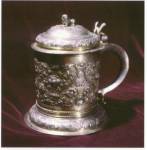 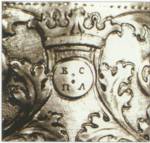
I.Ravich. Cup. The early
of the XVIIth c. Kyiv.
Silver: casting, cbiselling, gilding.
So far it has not been clarified how llyin managed
to obtain an unique silver cup created by Ivan Ravich. One of the best
Ukrainian Barocco jewellers of the late XVIIth - the early XVIIIth
centuries is known to have made such a cup for I. Mazepa, the Hetman of
Ukraine. In case the label of the Master is the realone the question
arises: who was this masterpiece created for? There is a circle on the cup
with an "old tsarist" heraldic coronet at the top, and inside
the circle there is a monogram"BC/ ПЛ"
(probably "BC/ПA"). Could this abbreviation stand for
"The Great Monarch Peter Alexeevicb"? The positive answer to
this question would confirm a version that this cup was designed to be
presented (or was presented) to a Russian Tsar, Peter The Great.
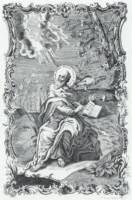
S.Youfimov St.John. 1766.
Engraving after S.Vtorov
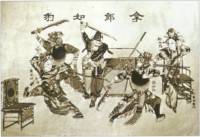
Scenes from Chinese history. The late XIXth - the early
XXth c.
(The Qing epoch).
Paper: print, water-color, Indian ink.
|
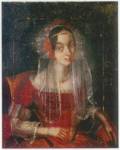
Portrait of a Dame.
1th half of the XIXth c. Canvas, oil.
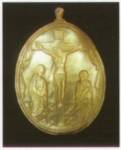
Crucifix, XIXth c.
Motber-of-pearl:cutting.
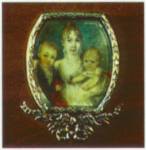
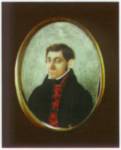
Miniatures. The early XIX c.
Bone: water-colour.

Selen, Vackh's educator. A copy of the Roman original.
1904. Naples.
Bronze: casting, cbiselling.
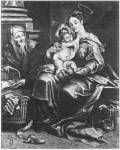
P.Pontius. Madonna with a Baby and St.Ann. The middle of
the XVIIth c.
Engraving after G.Segbers.
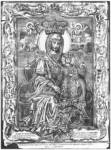
God's Mother "Infading Blossom". The XVIIth c.
Venecia.
Engraving.
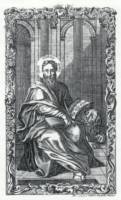
S.Nazarov. St.Mark. 1764. Engraving.
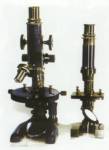
K.Zeiss. Microscopes. The XIXth c.
Germany.
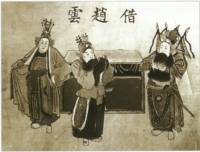
|
 Olexander Ilyin's
KUNSTKAMMER
Olexander Ilyin's
KUNSTKAMMER